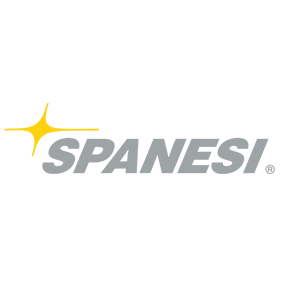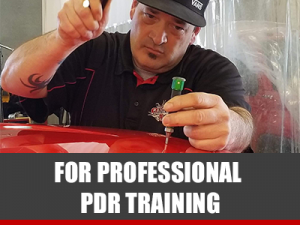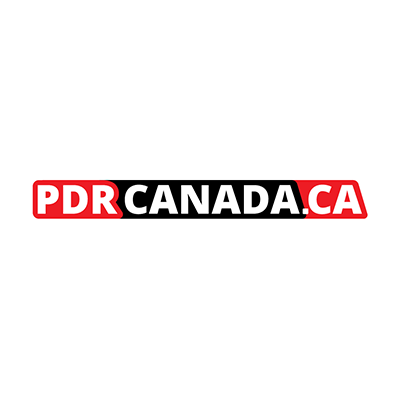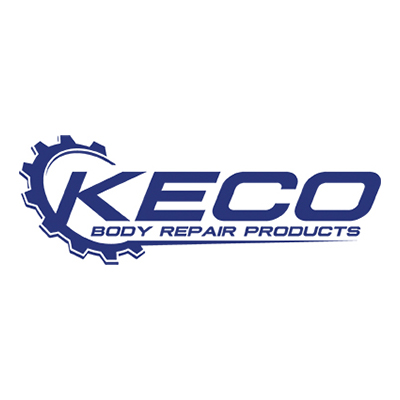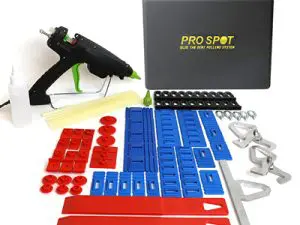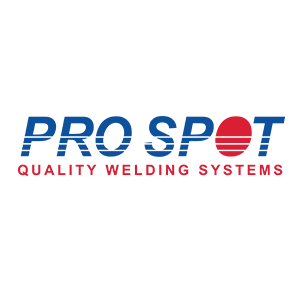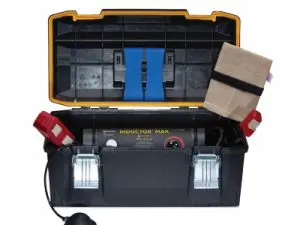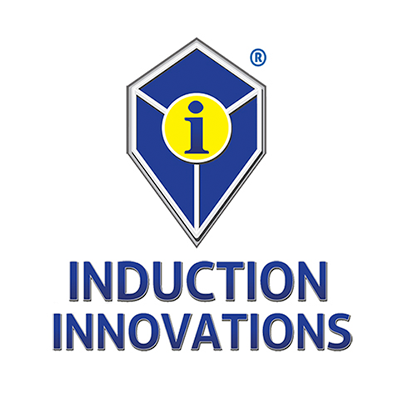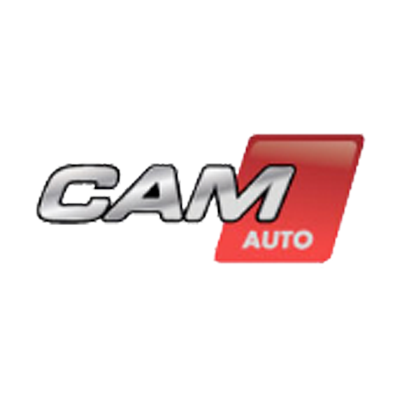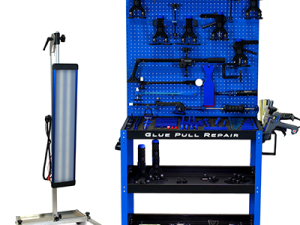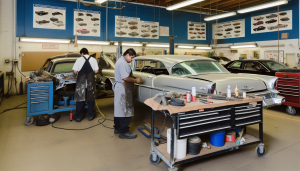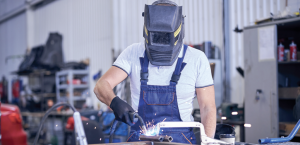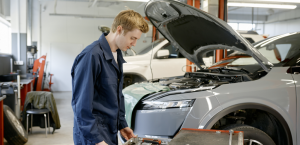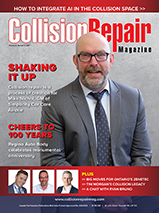FORECASTING DENT REPAIR
IT’S A TECH STORM WHEN IT COMES TO HAIL REPAIR
Automotive paintless dent repair (PDR) continues to be a gamechanging technique when it comes to vehicle restoration.
By allowing technicians to eliminate pesky dents, dings and creases without the need for traditional bodywork, sanding, or repainting, PDR offers time and cost efficiency as well as more sustainable solutions.
One area where PDR has seen extensive growth over the last few years is in hail damage repair.
While previous hail damage assessments were once done manually, today, hail-related PDR is a storm of growing and changing technologies.
Today, hail scan technology offers precise and fast hail damage restoration. From high-resolution scanning—which is pivotal in offering 3D views of damage—to the increased use of artificial intelligence and mobile apps to help automate damage assessment, technicians can now share detailed, real-time data with repair shops and customers.
According to Pro Tech, PDR is also a budget-friendly choice. According to Pro Tech’s report, with PDR, a 1” dent can cost around $125—and this is compared to traditional methods which can wrack up $600 per body panel.
With this year’s summer storms wreaking havoc on “Hailstorm Alley”—between Southern Calgary and Central/Northern Alberta—PDR and hail assessment are becoming more important than ever. In a report made by Dented.ca, they note that between 2002 to 2019, “Hailstorm Alley” produced 181,030 damage claims and over $987,527,902 in damages.
There’s a lot of work to be done to get the dents out, and many more on the way, but with the products included here, we’re certain that you’ll find something that brings clear skies to your next non-structural repair.
-
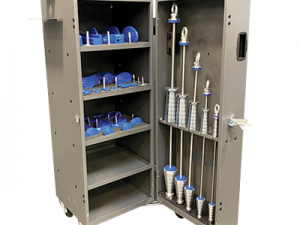
Pull Up! Repair System (Light)
Read more0 out of 5 -

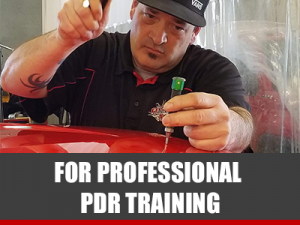
Professional Training for PDR Techs
Rated 5.00 out of 5Read more0 out of 5 -


Spanesi®’s PULL UP! Repair System Line
Read more0 out of 5 -


Robo Mini Lifter System
Read more0 out of 5 -

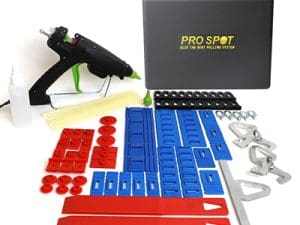
Glue Tab Dent Repair Kit Pro-Gtk
Read more0 out of 5 -

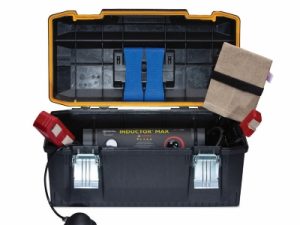
Inductor Max
Read more0 out of 5 -

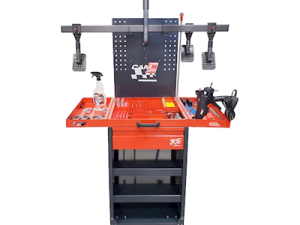
CAMAUTO PREMIUM ELITE CART
Read more0 out of 5 -

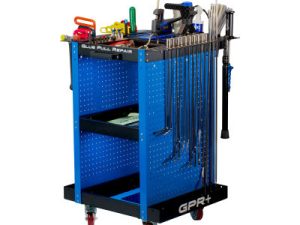
KECO GPR+ System with Mobile Cart
Read more0 out of 5 -

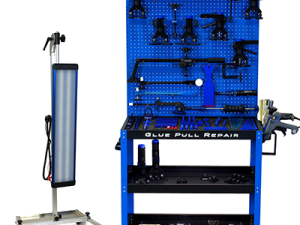
KECO L2E Glue Pull Repair Collision System
Read more0 out of 5




